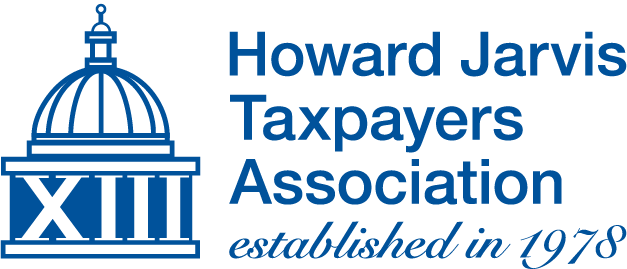California voters sent a clear warning to state and local lawmakers on March 3, turning out to vote against a $15 billion statewide school construction bond backed by Governor Gavin Newsom, scores of special-interest groups and a $10 million ad campaign.
The measure was labeled on the ballot as “Proposition 13,” which Assembly co-author Patrick O’Donnell, D-Long Beach, was quick to blame for the measure’s poor performance. While votes were still being counted, O’Donnell said he would introduce legislation to retire the number 13 so that no future statewide measure would ever again be confused with the landmark Proposition 13 adopted by voters in 1978.
There was widespread concern among voters throughout California that the March ballot’s Proposition 13 might be a sneak attack on the 1978 measure that would result in higher property tax assessments. In fact, the measures were unrelated. The numbering picked up where the previous election left off — Proposition 12, the last statewide measure.
However, confusion over “13” can’t explain the unprecedented failure of school bond measures up and down the state. More than 100 school districts had local bonds on the March 3 ballot. In early returns, voters were rejecting most of them.
The March 3 “Prop. 13” included, along with $15 billion of new borrowing that would cost taxpayers $26 billion with interest, an extra provision raising the debt caps that limit local school district borrowing. The measure enabled school districts to take on nearly twice as much debt as current law allows.
The Howard Jarvis Taxpayers Association led the campaign to defeat the costly proposition. Although vastly outspent by special interests that would cash in on lucrative government contracts, HJTA worked to educate voters that when local school districts borrow money by issuing school bonds, the cost of those bonds is paid by adding extra charges to local property tax bills. These charges are listed in the section at the bottom that’s labeled “indebtedness.” So by raising the debt caps, this “Prop. 13” would result in higher property tax bills.
HJTA ran radio ads, distributed flyers, fielded thousands of phone calls, blasted messages on social media and gave countless interviews to television, radio and print reporters. Our website was listed as a resource under “for more information” in the state’s official Voter Information Guide. Millions of Californians wanted more information about this “Prop. 13” before they voted.
With nearly all votes counted, the “Proposition 13” bond measure trailed 54 to 46 percent.
Political experts expressed shock. One lobbyist who works for multiple school districts said school bonds had “an incredible track record” with voters and pointed out that in the last election, more than 80 percent of local bond measures passed.
This time, voters appeared to be sending a clear message: “Enough is enough.”
HJTA.org is your source for everything Proposition 13 and for information valuable to California taxpayers. For more information or to take action, go to HJTA.org/take-action.
Published by the Howard Jarvis Taxpayers Association (HJTA). Copyright © 2020 by Howard Jarvis Taxpayers Association. All rights reserved.

